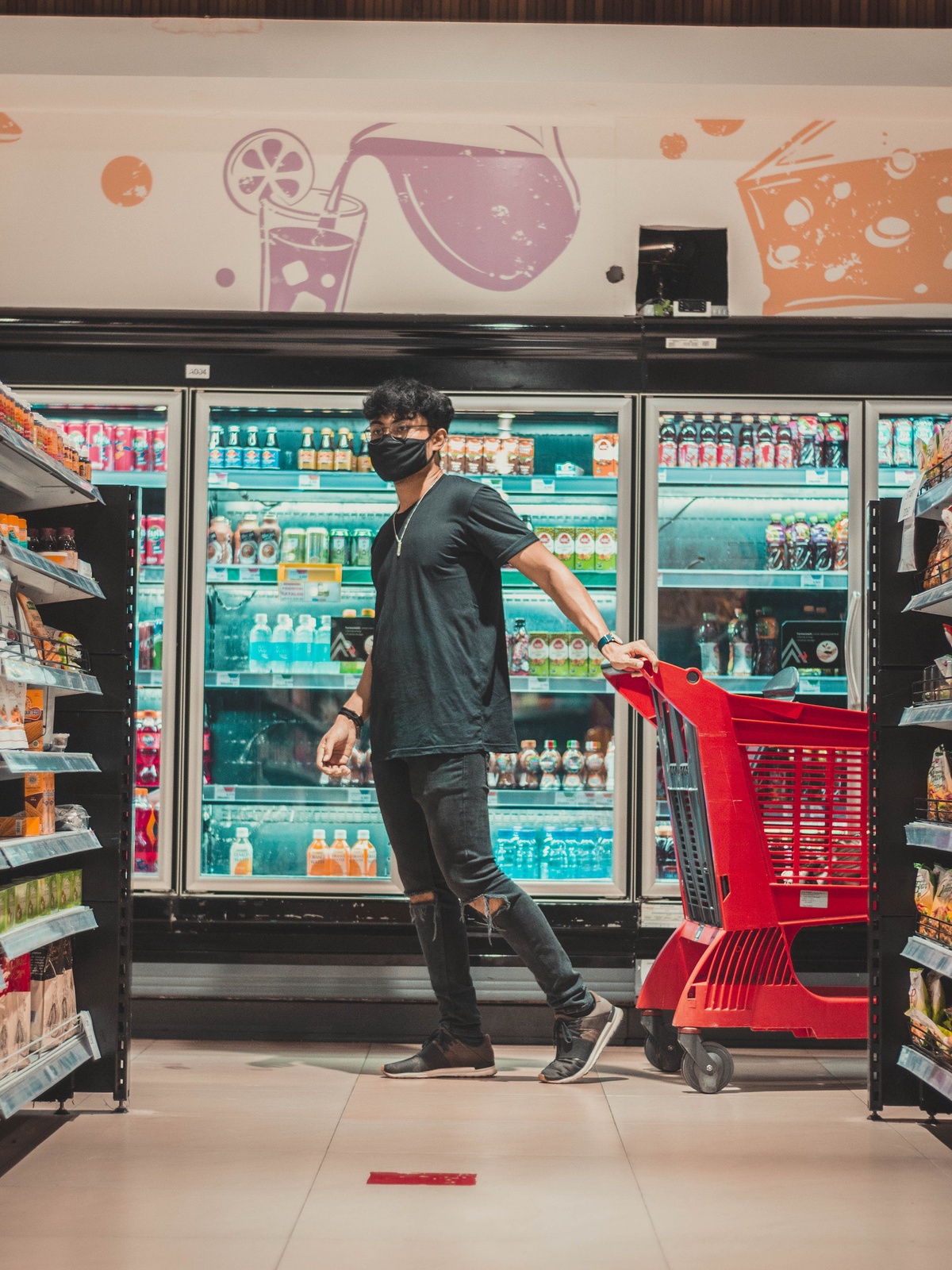The dynamics of grocery shopping have undergone a paradigm shift with the advent of online platforms. As technology continues to reshape our daily lives, the choice between traditional and online grocery shopping has become a pivotal decision for consumers. This blog post delves into the intricate aspects of both methods, examining the advantages and disadvantages, and contemplates whether online grocery shopping is poised to be the future of this essential aspect of our lives.
Traditional Grocery Shopping:
Traditionally, the weekly grocery run has been a staple in the routine of households worldwide. A trip to the local supermarket involves physically navigating aisles, selecting products, and waiting in lines at the checkout. This method has long been ingrained in our culture, offering a tangible and sensory experience. For many, the act of choosing fresh produce or personally inspecting packaged goods is irreplaceable.
Advantages of Traditional Grocery Shopping:
- Sensory Experience: Traditional shopping engages our senses - the smell of freshly baked bread, the touch of ripe fruits, and the visual appeal of well-stocked shelves. This multisensory experience can be a source of enjoyment for many.
- Instant Gratification: Traditional shopping provides immediate access to groceries. There's no need to wait for delivery, making it a convenient option for those who need items urgently.
- Human Interaction: The traditional shopping experience allows for face-to-face interactions with store staff and fellow shoppers. This social aspect can contribute to a sense of community.
Disadvantages of Traditional Grocery Shopping:
- Time-Consuming: Traditional shopping can be time-consuming, especially during peak hours. Waiting in lines and navigating crowded aisles can lead to a significant time investment.
- Limited Convenience: Traditional shopping might not be suitable for those with busy schedules or mobility issues. The need to physically travel to the store can be a barrier for some individuals.
- Impulse Purchases: The physical presence of products may lead to impulse buying, as consumers are exposed to in-store promotions and displays.
Online Grocery Shopping:
In contrast, online grocery shopping leverages technology to bring the supermarket to your doorstep. The rise of e-commerce has allowed consumers to browse virtual aisles, make selections, and have their groceries delivered with just a few clicks.
Advantages of Online Grocery Shopping:
- Convenience and Time-Saving: The hallmark of online grocery shopping is its convenience. Consumers can shop from the comfort of their homes, saving time and eliminating the need for travel.
- Wide Variety and Customization: Online platforms offer a vast array of products and often provide personalized recommendations based on previous purchases. This allows for a tailored and diverse shopping experience.
- Reduced Impulse Purchases: The absence of physical displays and in-store promotions may lead to fewer impulse purchases, as consumers can focus on their shopping lists without distractions.
Disadvantages of Online Grocery Shopping:
- Delivery Delays: Despite advancements, delivery delays or issues can occur, impacting the immediacy of obtaining groceries.
- Digital Divide: Not everyone has equal access to online platforms, contributing to a digital divide. Some demographics may face challenges in adopting online grocery shopping due to technological barriers.
The Future of Grocery Shopping:
As we weigh the pros and cons of traditional versus online grocery shopping, it becomes evident that the future may involve a harmonious blend of both methods. Hybrid models, such as click-and-collect options, are gaining popularity. Consumers can place orders online and then pick up their groceries at a designated time, merging the convenience of online shopping with the tactile experience of in-store selection.
The ongoing evolution of technology and the increasing demand for convenience suggest that online grocery shopping is likely to continue growing in prominence. However, the emotional and sensory aspects of traditional shopping are deeply ingrained in our cultural practices. Striking a balance between the two could be the key to shaping the future of grocery shopping, providing consumers with the best of both worlds.
In the ever-evolving landscape of consumer behavior, the choice between traditional and online grocery shopping remains subjective. Both methods offer unique advantages and drawbacks, catering to diverse preferences and lifestyles. The future of grocery shopping might not be an outright replacement of one by the other but a synthesis of the best aspects from each approach. As technology propels us forward, the way we procure our groceries will undoubtedly continue to transform, shaping a future that blends convenience, variety, and the sensory satisfaction of a well-chosen product.


No comments yet